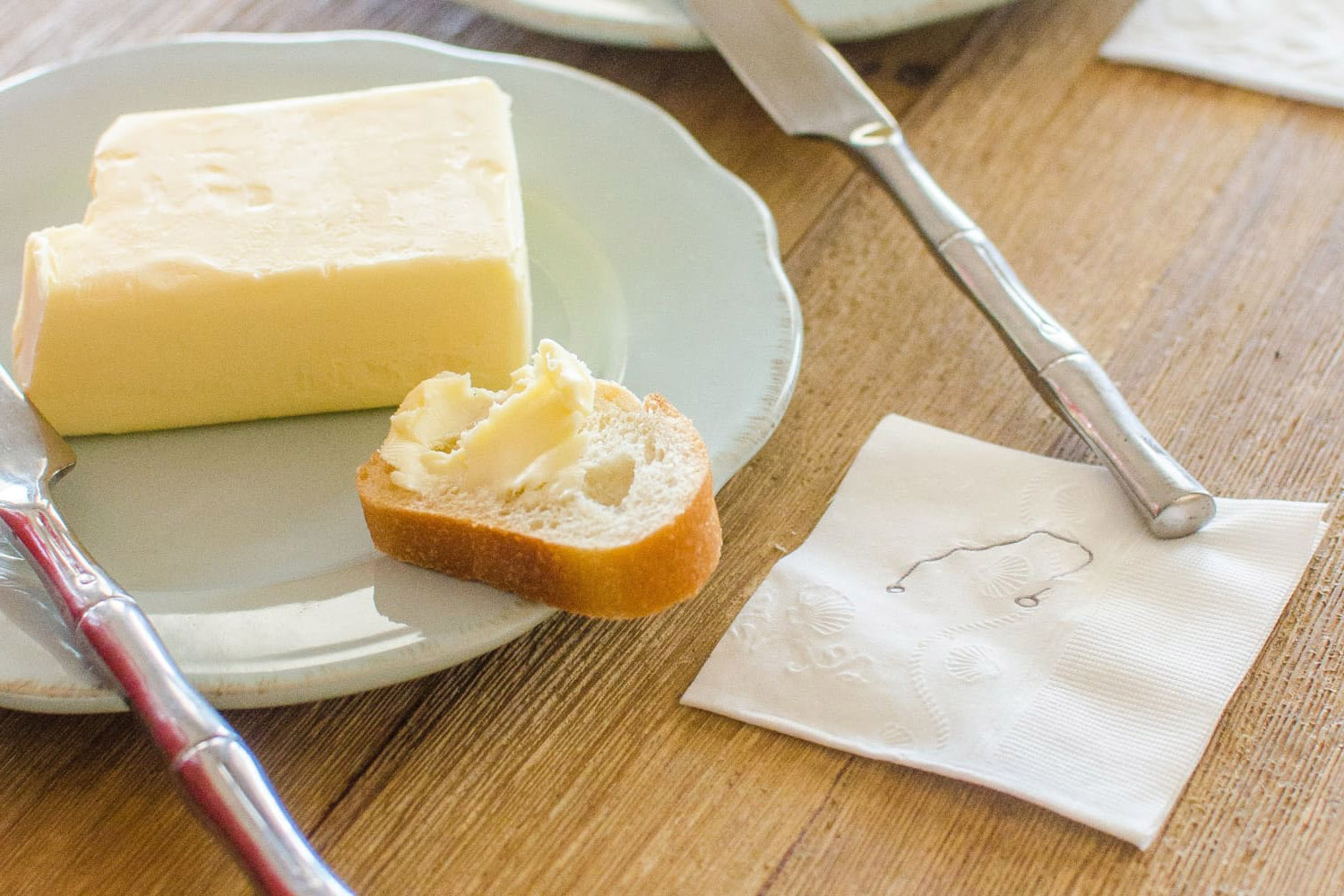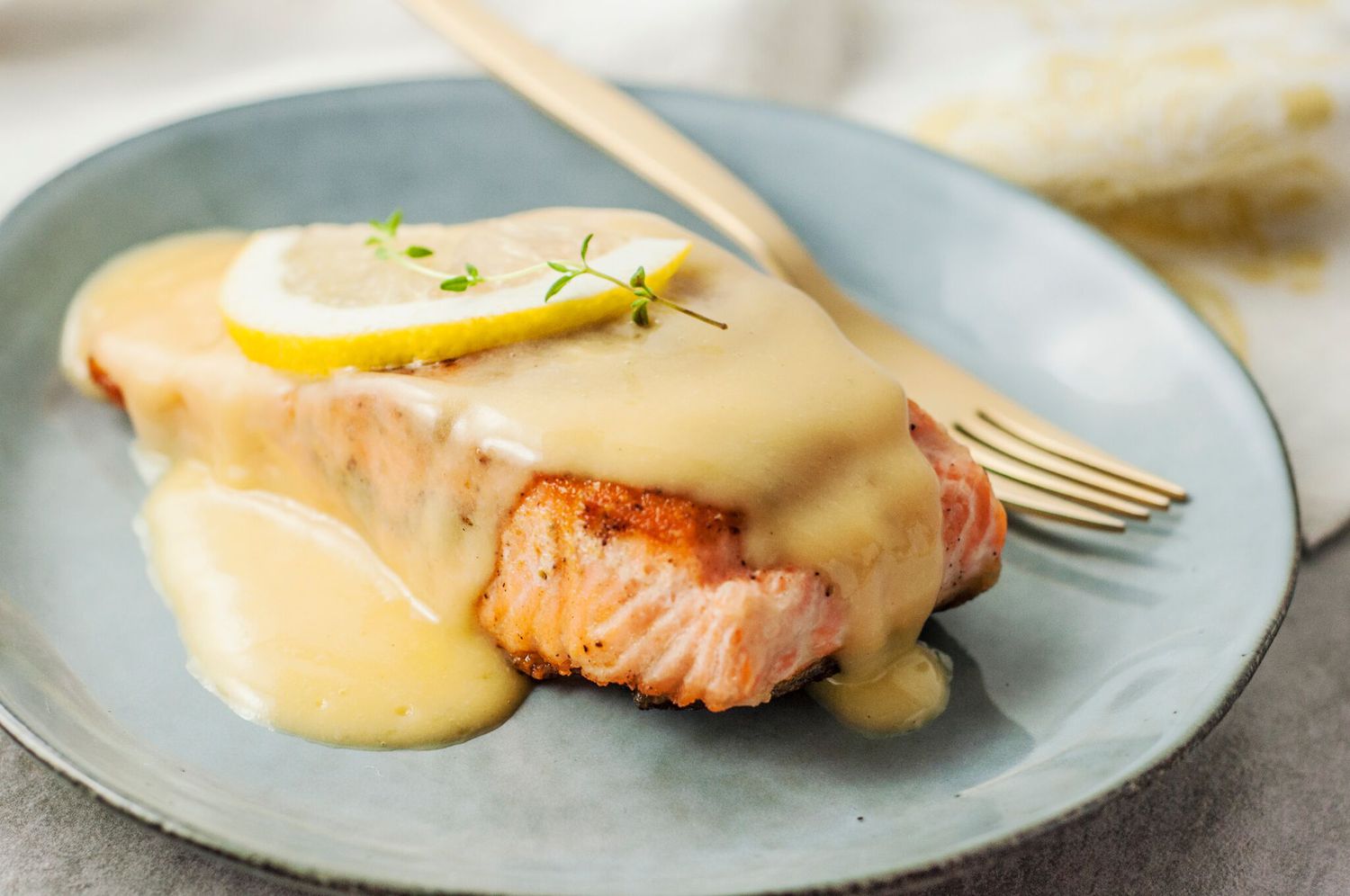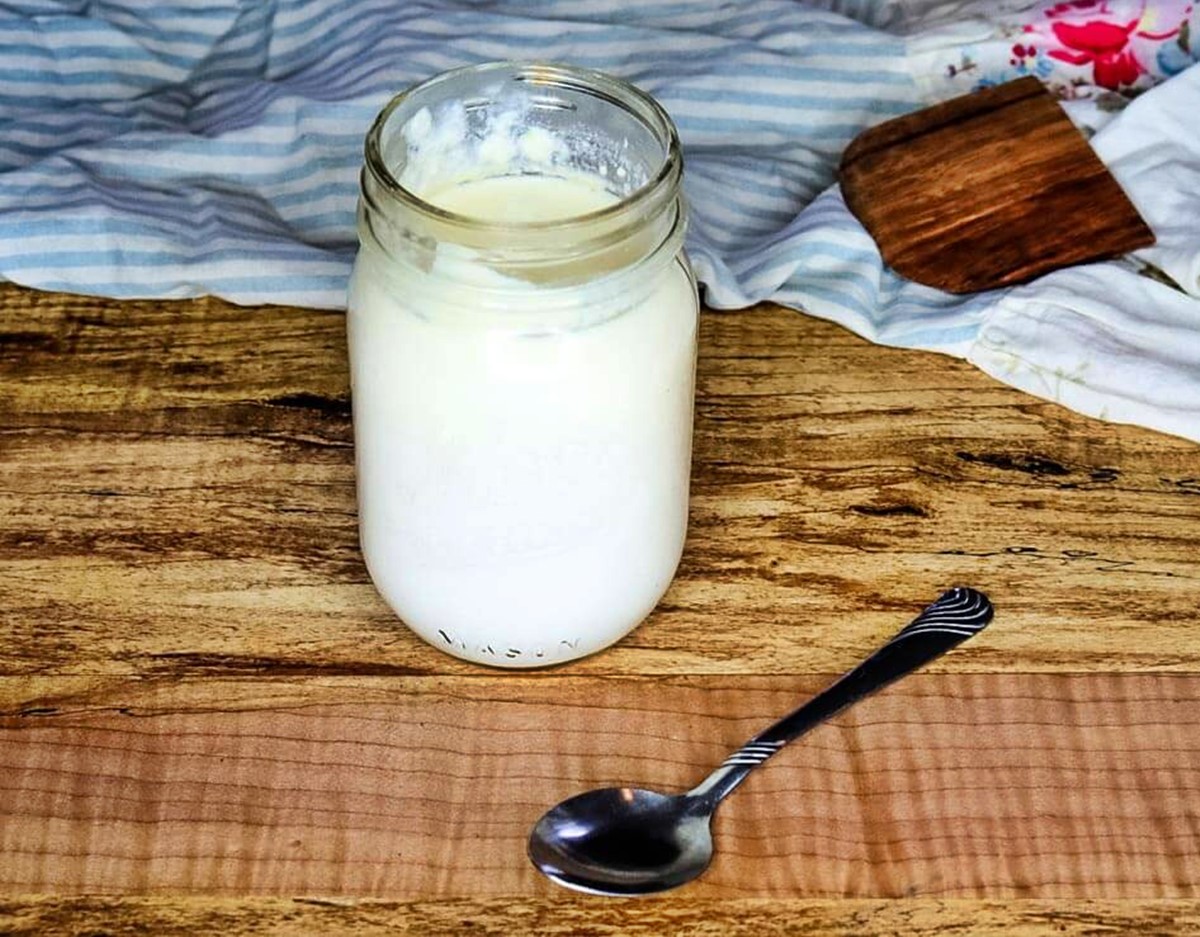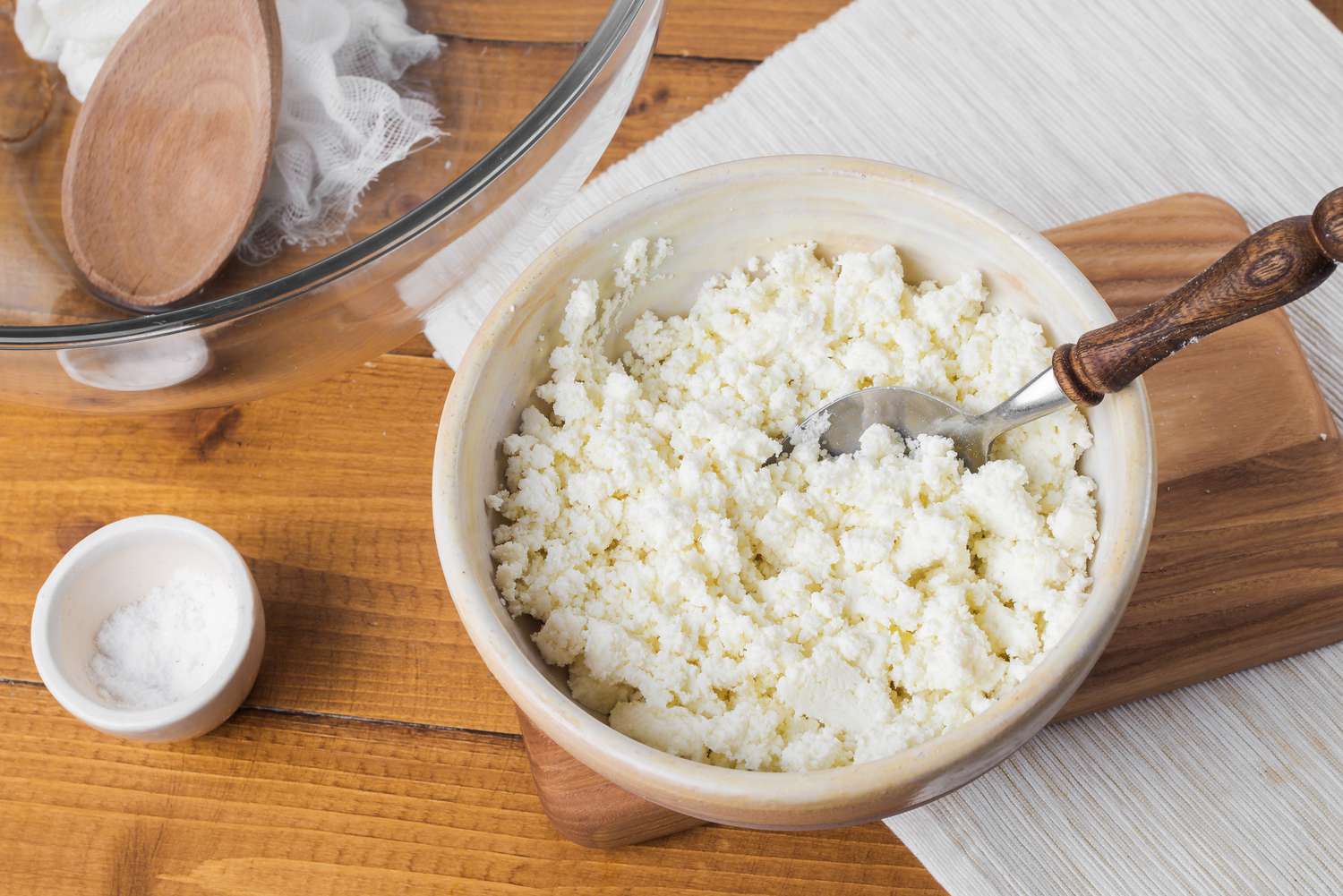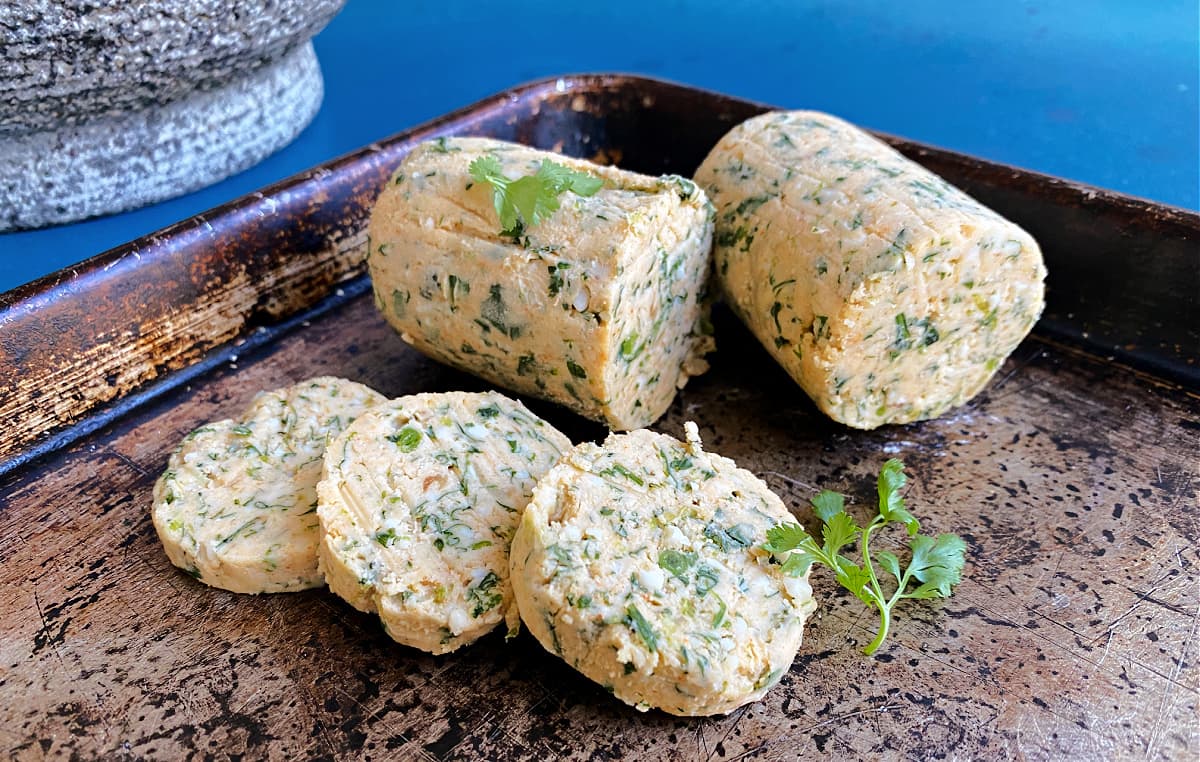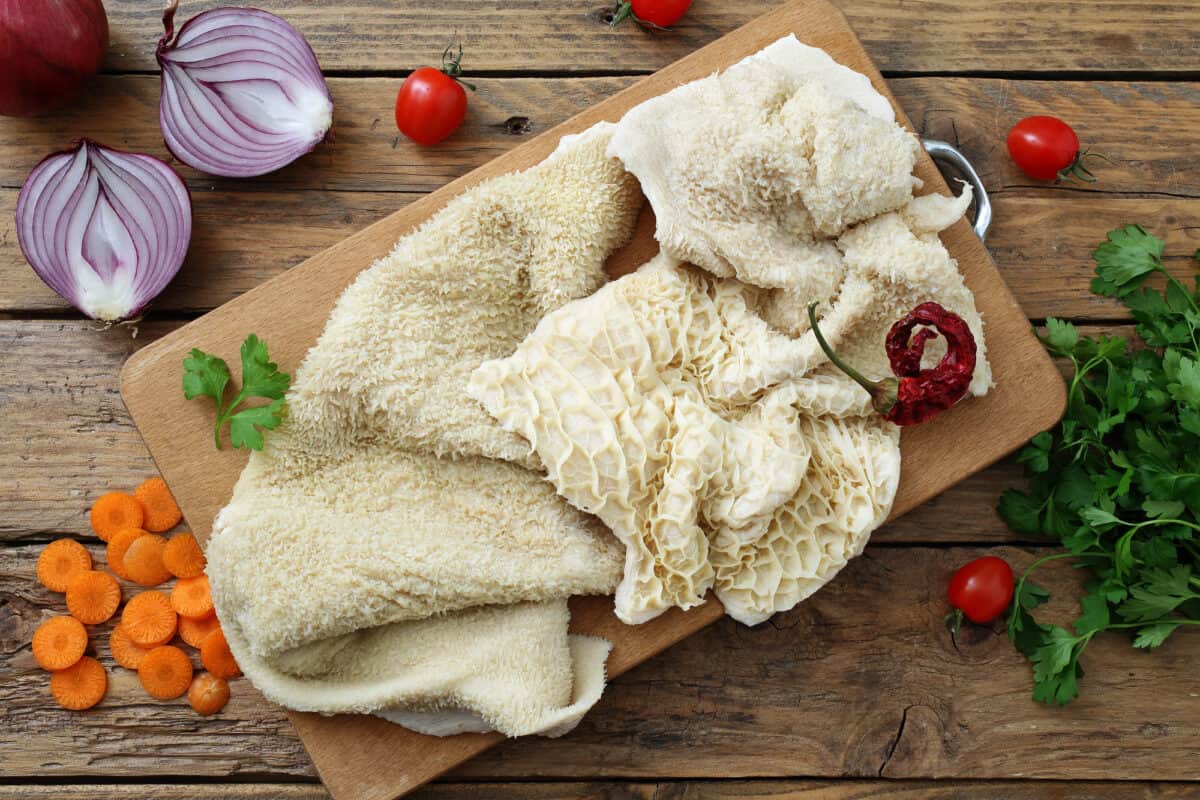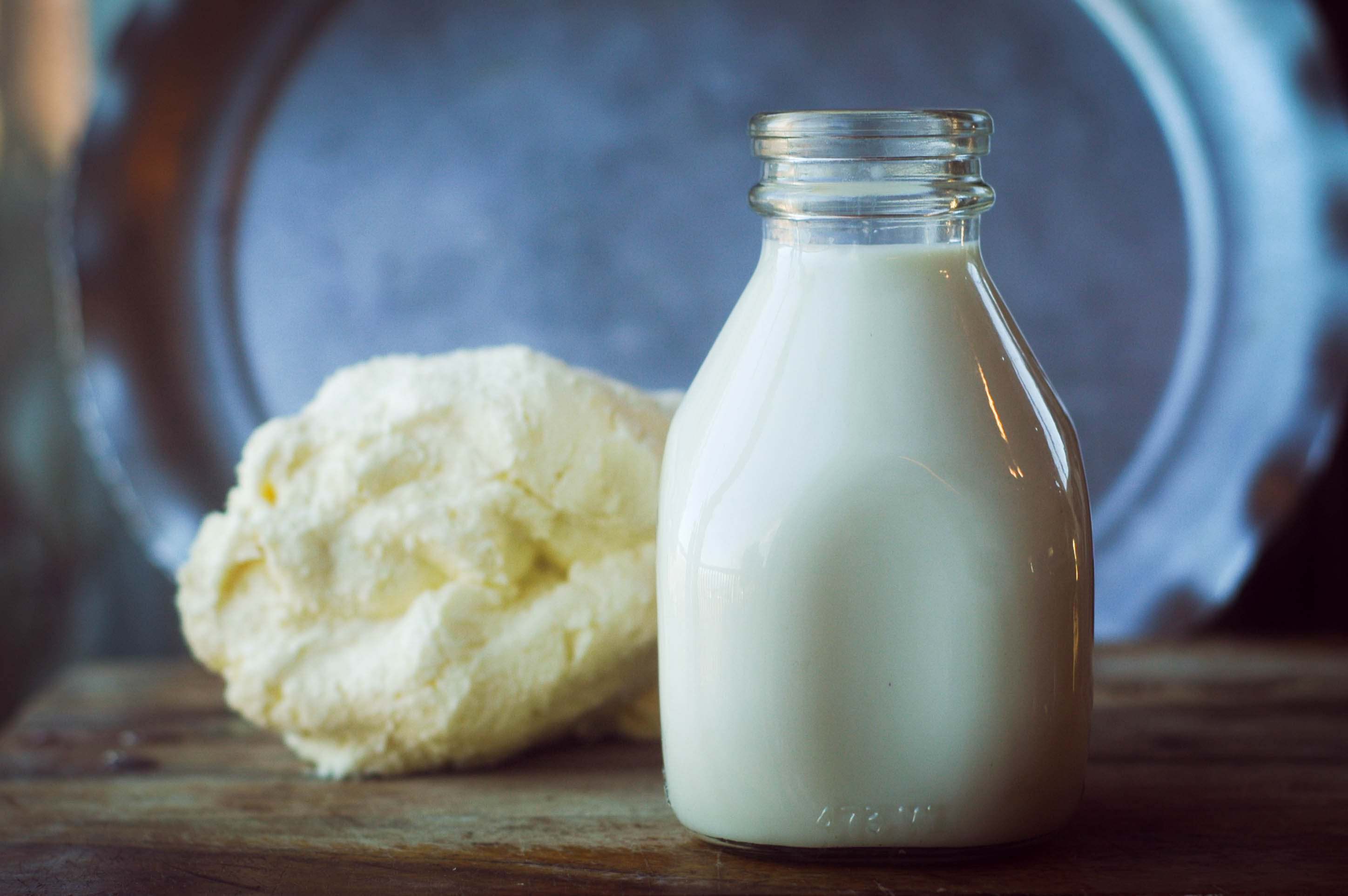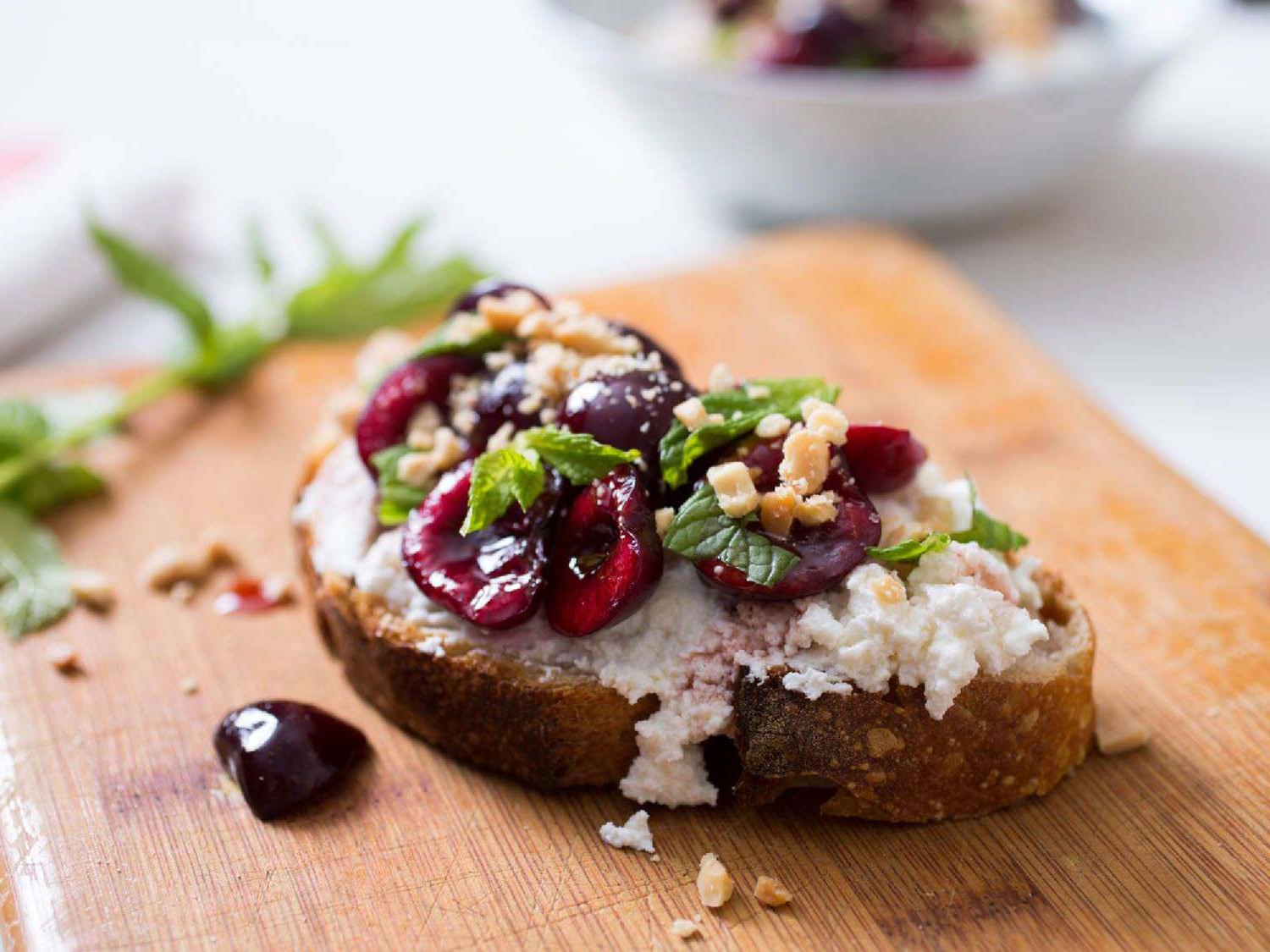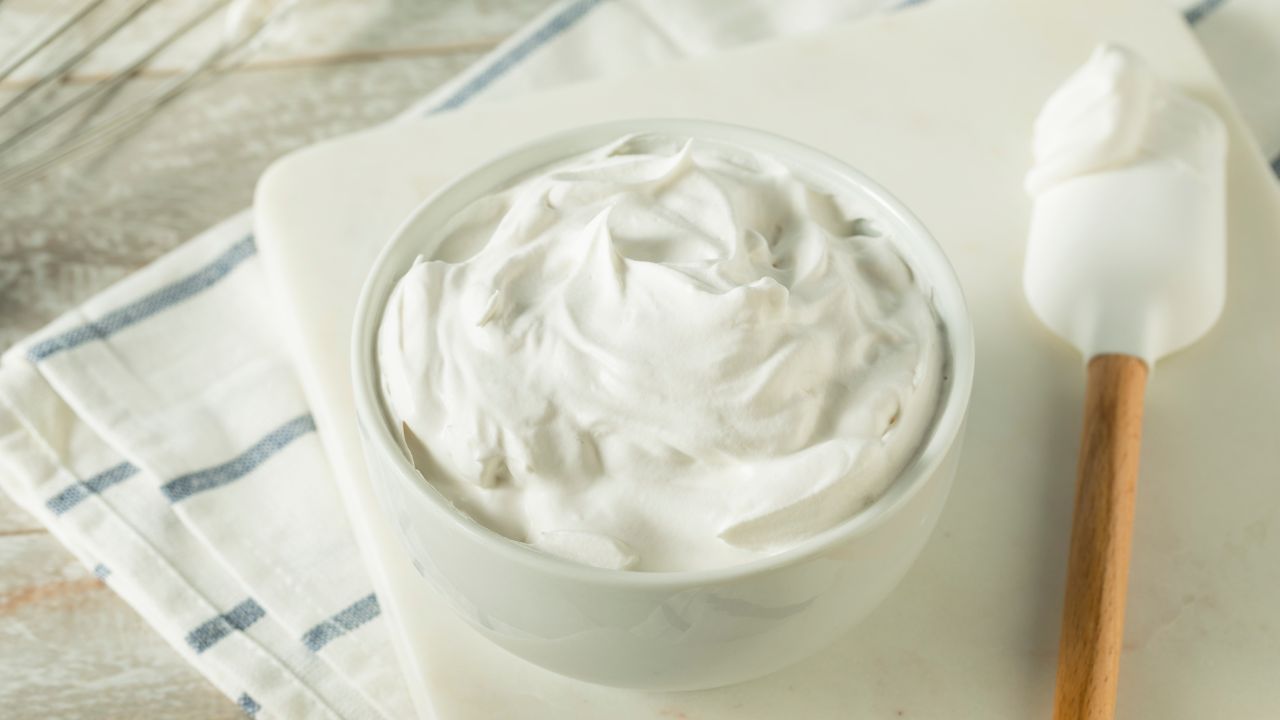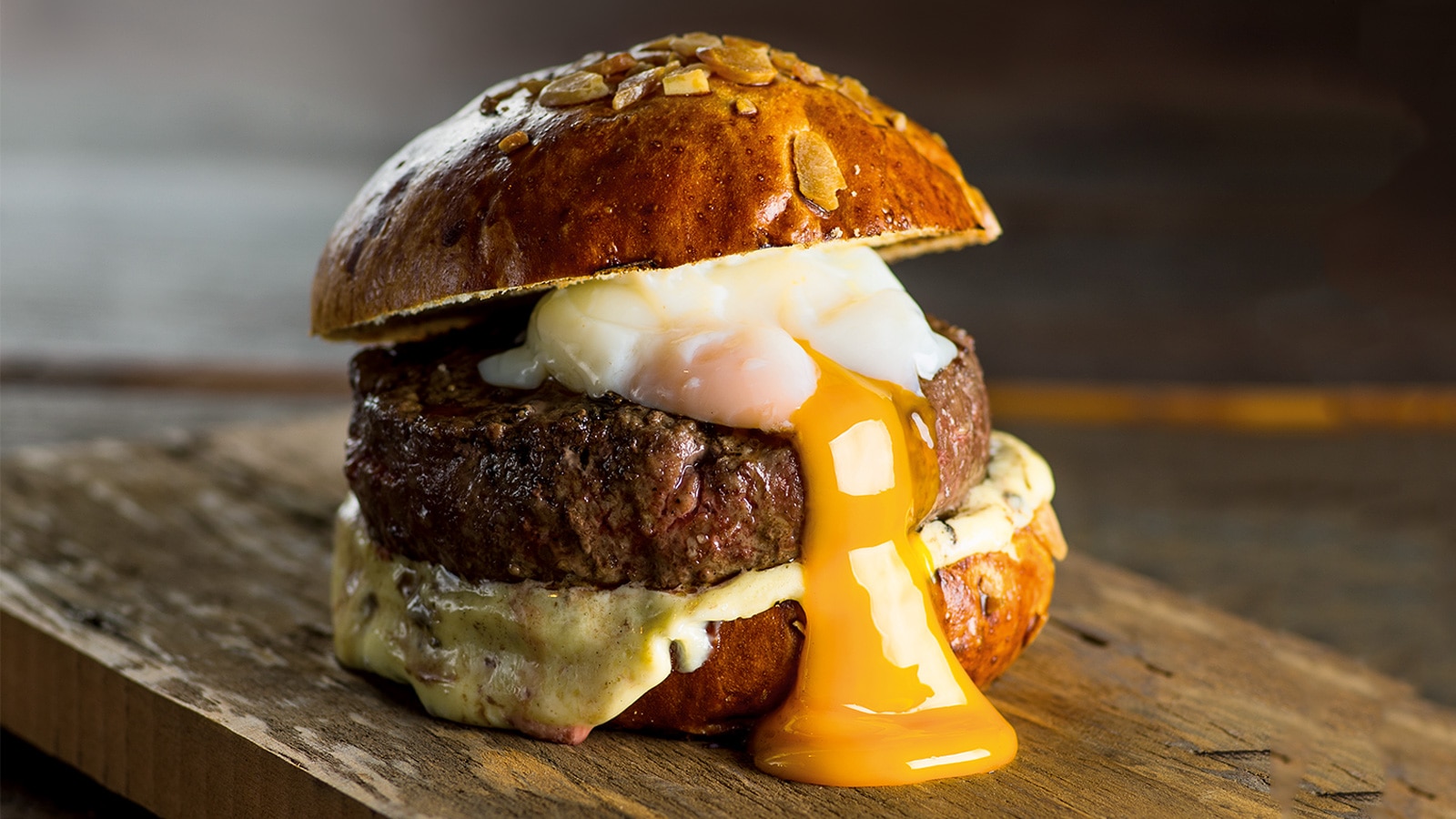Artisanal cultured butter offers a rich, tangy flavor that elevates any dish. Unlike regular butter, it’s made by fermenting cream with live cultures, creating a unique taste and texture. This process harks back to traditional methods, giving the butter a depth often missing in mass-produced varieties. Perfect for spreading on fresh bread, enhancing sauces, or baking, artisanal cultured butter brings a gourmet touch to everyday meals. Whether you're a seasoned cook or just love good food, exploring this butter can open up new culinary possibilities. Dive into the world of artisanal cultured butter and taste the difference.
Essential Ingredients for Artisanal Cultured Butter
Ingredients for Artisanal Cultured Butter
- 2 cups heavy cream (preferably organic)
- 2 tablespoons plain yogurt (with live cultures)
- 1/4 teaspoon sea salt (optional)
- Ice water (for rinsing)
Tools You Will Need for Artisanal Cultured Butter
Tools Needed to Explore the World of Artisanal Cultured Butter
- Mixing Bowl: For combining ingredients.
- Whisk: To mix the cream and cultures thoroughly.
- Thermometer: Ensures the cream reaches the right temperature.
- Cheesecloth: Strains the butter from the buttermilk.
- Butter Paddle or Spatula: Helps in kneading and shaping the butter.
- Jar with Lid: Stores the cultured cream during fermentation.
- Strainer: Separates the butter from the liquid.
- Measuring Cups and Spoons: For accurate ingredient measurements.
- Electric Mixer or Hand Mixer: Speeds up the churning process.
- Ice Water Bath: Helps solidify the butter during washing.
- Butter Mold or Container: Shapes and stores the finished butter.
- Kitchen Scale: Weighs ingredients precisely.
- Timer: Keeps track of fermentation and churning times.
Artisanal cultured butter boasts rich flavors due to fermentation. Made from high-quality cream, it enhances dishes with a tangy taste and creamy texture, perfect for spreading or cooking.
Why Make Artisanal Cultured Butter?
Artisanal cultured butter offers a rich, tangy flavor unmatched by regular butter. Made by fermenting cream with live cultures, it enhances dishes with its unique taste. Crafting this butter supports local farmers and traditional methods, ensuring high-quality, sustainable products. Choosing artisanal butter celebrates culinary heritage and superior taste.
Crafting Artisanal Cultured Butter: A Step-by-Step Guide
Exploring the World of Artisanal Cultured Butter
Ingredients:
- Heavy Cream
- Cultured Buttermilk
- Salt (optional)
Equipment:
- Mixing Bowl
- Whisk or Electric Mixer
- Cheesecloth
- Strainer
- Spatula
- Jar or Container
Step-by-Step Guide:
-
Prepare the Cream:
- Pour heavy cream into a mixing bowl.
- Add a small amount of cultured buttermilk to the cream.
- Stir gently to combine.
-
Culturing the Cream:
- Cover the bowl with a clean cloth.
- Leave the mixture at room temperature for 12-24 hours.
- The cream will thicken and develop a tangy flavor.
-
Chilling the Cream:
- After culturing, place the bowl in the refrigerator.
- Chill for at least 1 hour to firm up the cream.
-
Whipping the Cream:
- Use a whisk or electric mixer to whip the chilled cream.
- Continue whipping until the cream separates into butter and buttermilk.
- This process may take 5-10 minutes.
-
Straining the Butter:
- Line a strainer with cheesecloth.
- Pour the mixture into the strainer to separate the butter from the buttermilk.
- Gather the cheesecloth around the butter and squeeze out excess liquid.
-
Washing the Butter:
- Place the butter in a bowl of cold water.
- Knead the butter with a spatula to remove remaining buttermilk.
- Change the water and repeat until the water runs clear.
-
Salting the Butter:
- If desired, add a pinch of salt to the butter.
- Knead the butter to evenly distribute the salt.
-
Shaping and Storing:
- Shape the butter into a log or press into a mold.
- Wrap the butter in parchment paper or place in a jar or container.
- Store in the refrigerator for up to two weeks.
-
Enjoying the Butter:
- Spread on fresh bread or use in cooking.
- Savor the rich, tangy flavor of your homemade artisanal cultured butter.
Crafting Your Own Artisanal Cultured Butter
Making artisanal cultured butter at home is a rewarding experience. It’s not just about the rich, creamy texture or the tangy flavor. It’s about knowing exactly what goes into your food. Start with high-quality cream and let it ferment with a live culture. After churning, you’ll have butter that’s far superior to anything store-bought.
This butter can elevate your baking, enhance your cooking, or simply be enjoyed on a slice of fresh bread. Plus, you can experiment with adding herbs, spices, or even honey to create unique flavors.
So, roll up your sleeves and give it a try. Your taste buds will thank you. And who knows? You might just find a new favorite kitchen project. Happy butter-making!
Common Questions About Artisanal Cultured Butter
What is artisanal cultured butter?
Artisanal cultured butter is made by fermenting cream with live cultures before churning. This process gives it a richer, tangier flavor compared to regular butter.
How is it different from regular butter?
Regular butter is churned from fresh cream, while cultured butter involves fermenting the cream first. This fermentation adds a unique taste and often a creamier texture.
Can I use it the same way as regular butter?
Absolutely! Artisanal cultured butter can be used in cooking, baking, or simply spreading on bread. Its enhanced flavor can elevate any dish.
Where can I buy artisanal cultured butter?
You can find it at specialty grocery stores, farmers' markets, or online. Some local dairies also produce and sell their own versions.
Is it more expensive than regular butter?
Yes, artisanal cultured butter tends to be pricier due to the time and care involved in its production. However, many find its superior taste worth the extra cost.
How should I store it?
Keep it refrigerated, just like regular butter. For longer storage, you can freeze it. Make sure to wrap it well to prevent it from absorbing other flavors.
Does it have any health benefits?
Cultured butter contains probiotics from the fermentation process, which can be good for gut health. It also often has a higher butterfat content, making it richer in flavor.
